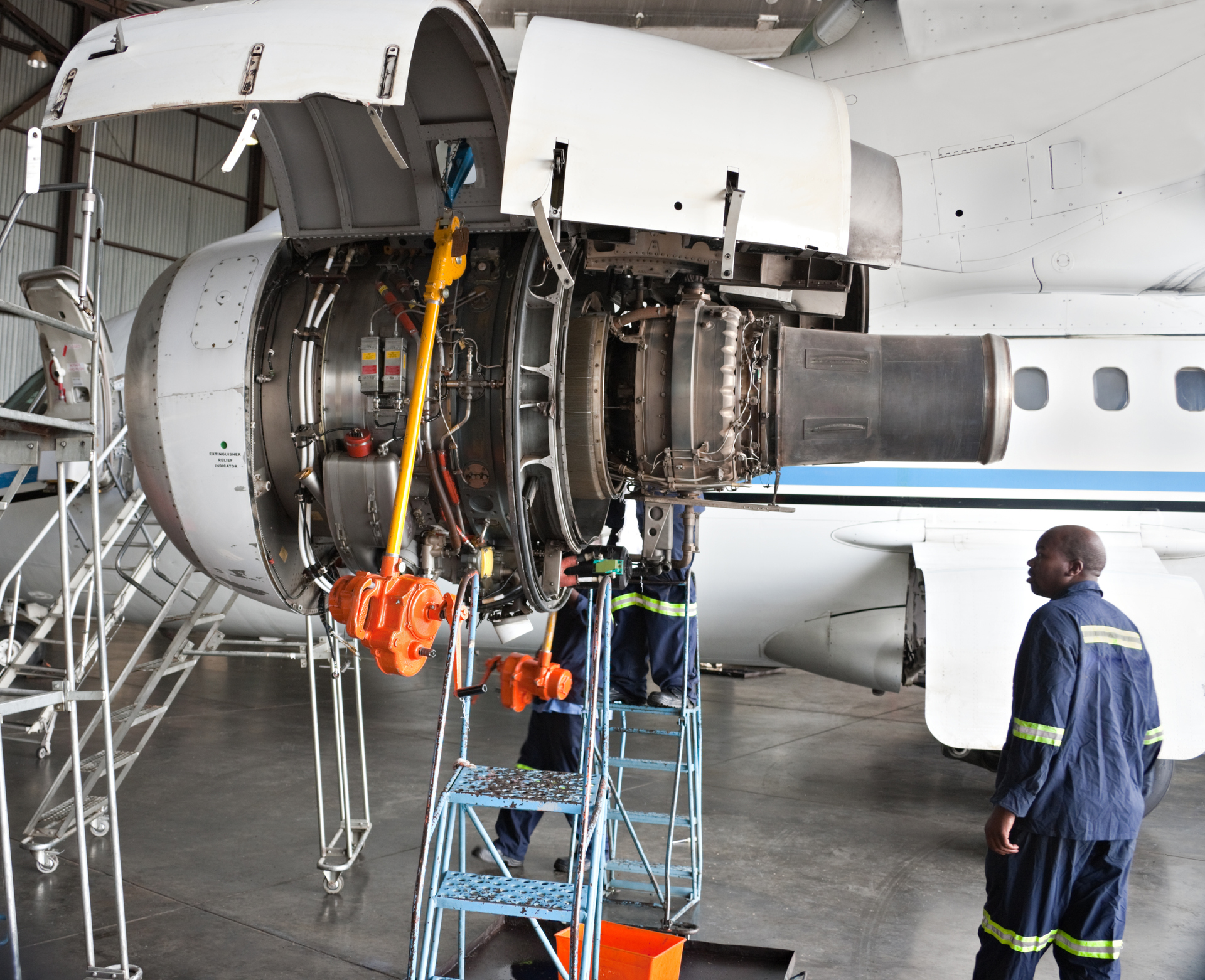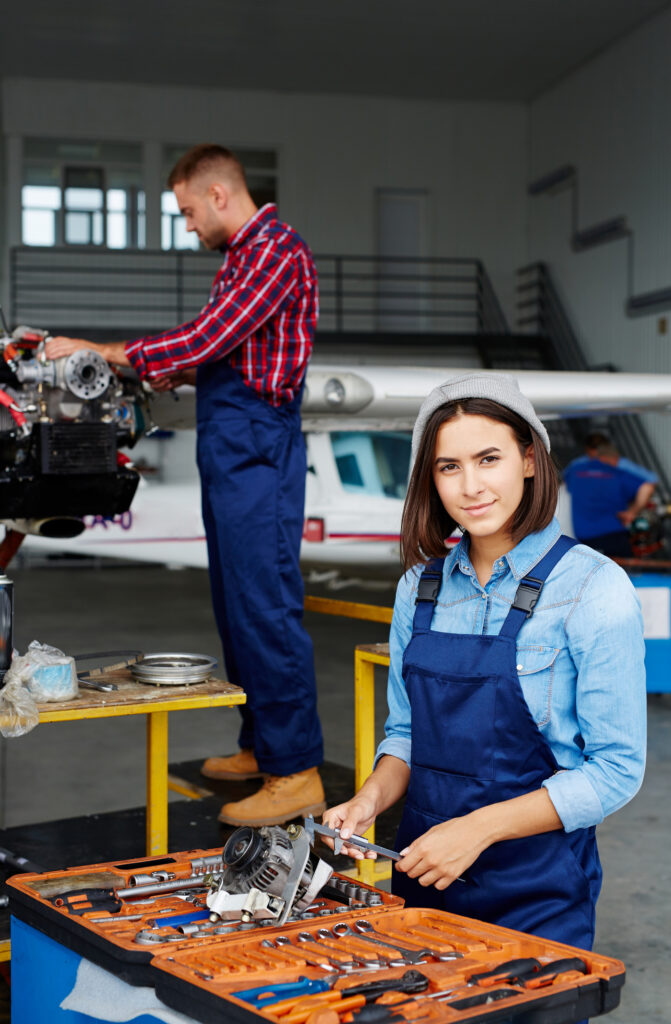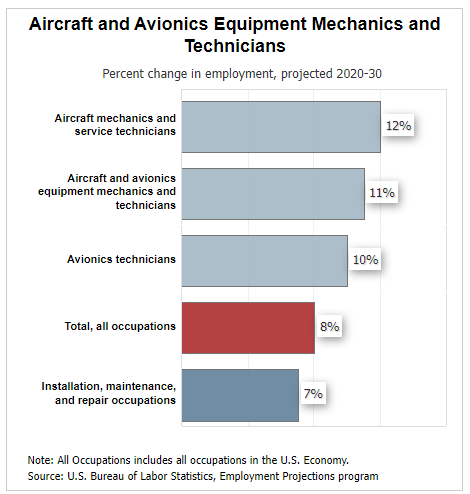A Career As An A&P Mechanic

A&P Mechanic, also know as Airframe & Powerplant Mechanic – means that you work on airplanes.
Being able to work on what could arguably be one of the greatest machines ever designed provides a sense of pride in a mechanic’s career. Being responsible for the safety and wellbeing of others demonstrates a level of trust not often found in many other jobs. It’s the A&P Mechanic that keeps airplanes safe and in the air. If you like working with your hands, making a good salary, like airplanes, then an A&P Mechanic career is worth exploring.
An A&P Mechanic's Life
Unlike an airline pilot, an A&P mechanic routine is much more structured. Typically, a mechanic’s office is an aircraft hangar, surrounded by multi-million dollar aircraft. Most jobs are structured around 8-hour shifts, where some operations require only one shift (9-5) and others up to 3 shifts, such as might be required by a larger carrier with a worldwide fleet.
Most A&P mechanics are not required to travel often, but circumstances can develop, where traveling to an aircraft in need of support is necessary.
Aircraft are some of the most advanced machines ever designed and built. Aircraft are precision machines incorporating some of the latest technologies available. It takes a lot of imagination, innovation, and dedication to create and maintain a machine that safely carries people at speeds in excess of 500 miles per hour and 7.5 miles above the earth’s surface all over the world.
If you have a passion for –
- Working with your hands
- Getting paid well
- Working with some of the latest technologies
- Excitement and new challenges
- Traveling the world
- Meeting new people
Then you could become a great A&P mechanic.

Working on airplanes and jets is something not many people get to do. It’s a very unique and interesting career with many benefits and with a little dedication, is in reach of just about anyone.
Growth and Opportunity
The aviation industry is growing and the demand for good qualified A&P mechanics is projected to be stronger than normal over the next 10 years. Demand is being driven by –
- More jobs are available than ever before
- More people are retiring than are entering the field
- As the aviation industry grows, so does the demand for mechanics
According to the US Bureau of Labor Statics ,
“Overall employment of aircraft and avionics equipment mechanics and technicians is projected to grow 11 percent from 2020 to 2030, faster than the average for all occupations…..About 14,400 openings for aircraft and avionics equipment mechanics and technicians are projected each year, on average, over the decade.”

With such growth in aviation and the resulting demand for A&P mechanics, salaries have been increasing year over year and are projected to continue. A&P mechanics typically work 8 hour shifts, with ample opportunities for overtime/weekend hours offering great salary potential.
Aviation24 (Jun. 29, 2021) – United Airlines’ 9,000+ aircraft mechanics earned more than $140,000 annually in combined wages and benefits.
There are four basic career paths a mechanic can pursue of which the most desirable is a certification for both airframe and power plant.
- Airframe Mechanics (A) – Mechanics with this certification can work on everything but engines, propellers, and avionics. The focus is on the airframe.
- Powerplant Mechanics (P) – Mechanics with this certification work on the engines of the aircraft.
- A&P Mechanics (A&P) – Mechanics with both the A&P certification can work on both airframes and powerplants. Having both certifications qualifications is most desirable and marketable, as most employers are looking for mechanics with a broad range of skills.
- Avionics Technicians – Mechanics with an avionics certification work on the electronic systems of the aircraft, such as panel instruments, radios, and autopilot systems.

